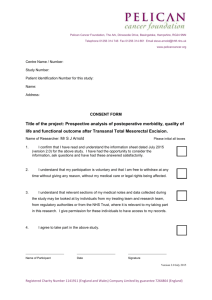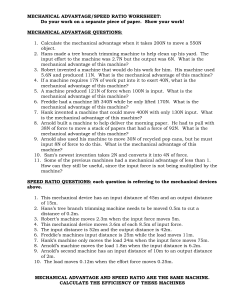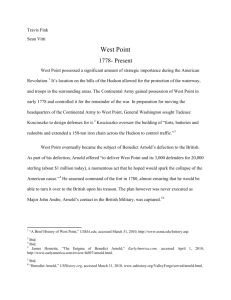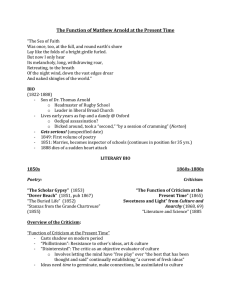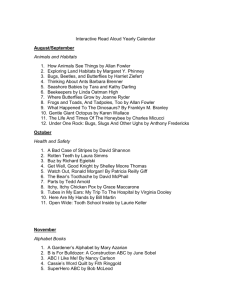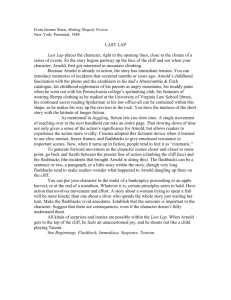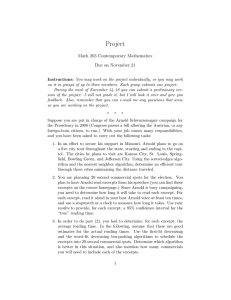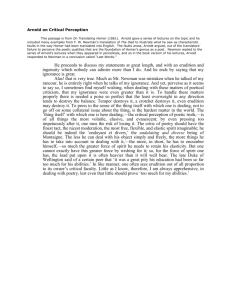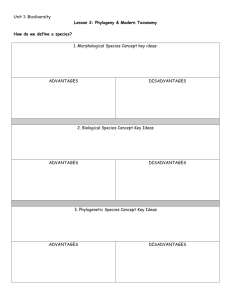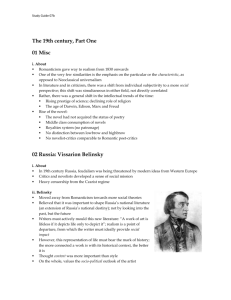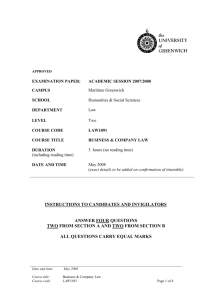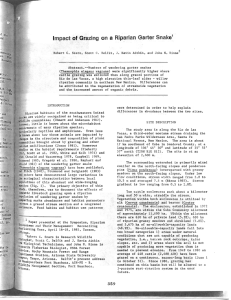Computational Exercise 3.1_Readme
advertisement
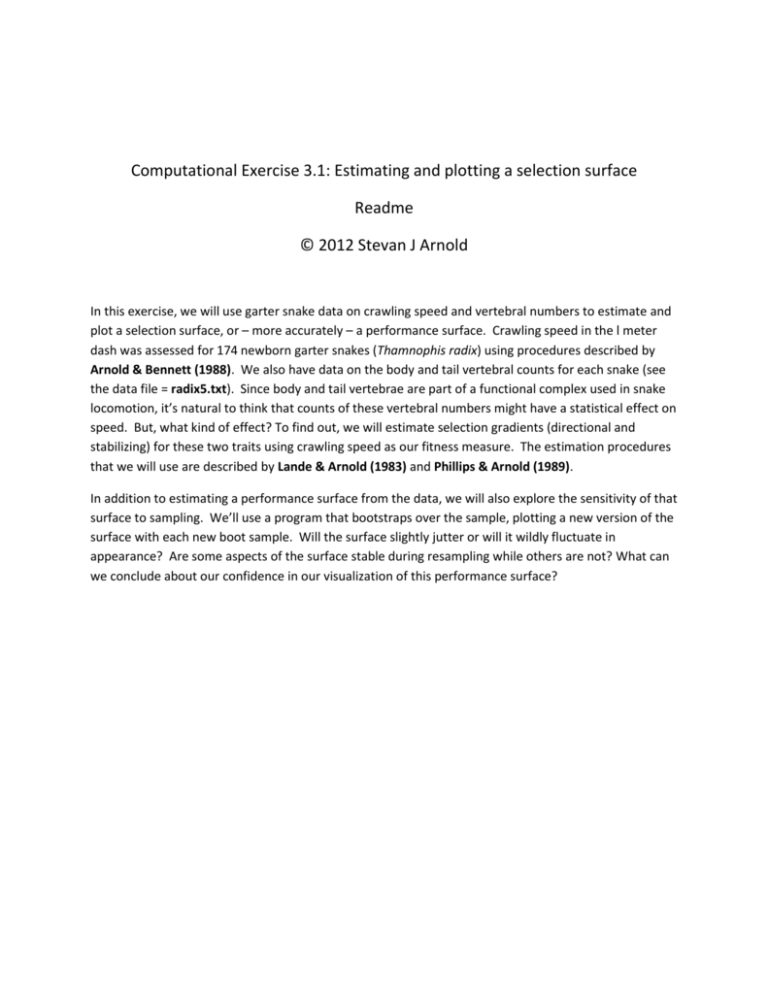
Computational Exercise 3.1: Estimating and plotting a selection surface Readme © 2012 Stevan J Arnold In this exercise, we will use garter snake data on crawling speed and vertebral numbers to estimate and plot a selection surface, or – more accurately – a performance surface. Crawling speed in the l meter dash was assessed for 174 newborn garter snakes (Thamnophis radix) using procedures described by Arnold & Bennett (1988). We also have data on the body and tail vertebral counts for each snake (see the data file = radix5.txt). Since body and tail vertebrae are part of a functional complex used in snake locomotion, it’s natural to think that counts of these vertebral numbers might have a statistical effect on speed. But, what kind of effect? To find out, we will estimate selection gradients (directional and stabilizing) for these two traits using crawling speed as our fitness measure. The estimation procedures that we will use are described by Lande & Arnold (1983) and Phillips & Arnold (1989). In addition to estimating a performance surface from the data, we will also explore the sensitivity of that surface to sampling. We’ll use a program that bootstraps over the sample, plotting a new version of the surface with each new boot sample. Will the surface slightly jutter or will it wildly fluctuate in appearance? Are some aspects of the surface stable during resampling while others are not? What can we conclude about our confidence in our visualization of this performance surface?
